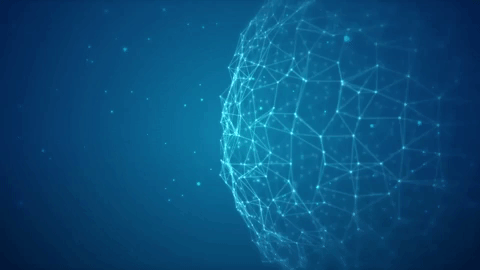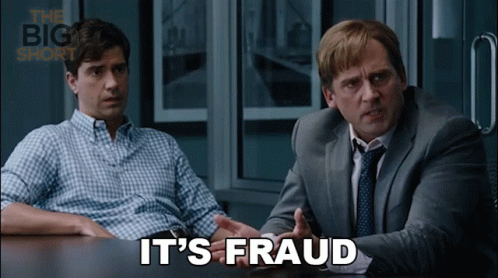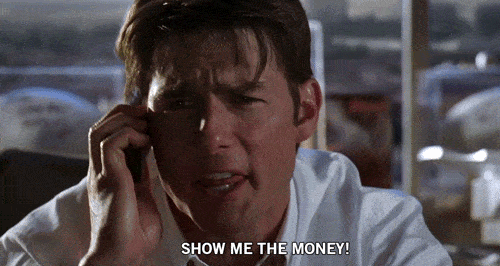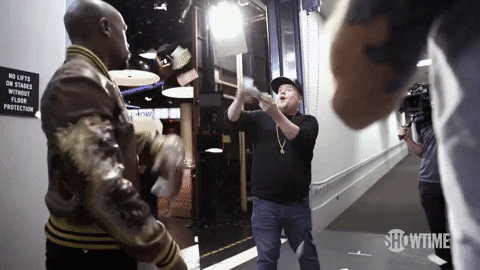What Happens When You Swipe Your Credit Card?
Nerding out on the various parties that facilitate the card payment process

Note: I changed the name of this newsletter from Explorations in Data Products to Nerding Out. Nerding Out better encompasses all of the deep explorations that I hope to explore going forward. While data will still be featured in the newsletter, I’m going to expand the scope to other deep explorations that I nerd out on.
Have you ever wondered what happens when you swipe your credit card while trying to make a purchase? Who provides the machine that you swipe, dip, or tap your card on? Why does your credit card have typically two logos on it? What do Visa and MasterCard and Discover do anyways?
Swiping a credit card is a pretty commonplace thing. Some of us even do it on a daily basis. This week I’ve been Nerding Out on what happens behind the scenes when you swipe your credit card.

It shouldn’t be any surprise that credit cards were created to better facilitate commerce. Easy to keep on hand, cards provide a means to pay for whatever goods or services you’re inclined to purchase. You as a consumer no longer have to worry about whether you have cash on hand, where the nearest ATM or bank branch is, or carrying checks (and the security risks that can have). Cards remove the friction from purchases by alleviating a lot of these concerns.
Turns out, there’s an array of institutions that facilitate the transaction. Obviously, there is you, the customer and the merchant you’re trying to purchase from. You both also have a bank that you work with to facilitate the transaction by transferring funds. Your bank is called the issuer or issuing bank because they issued you the credit card and underwrote the credit being offered to you. Think Capital One, Bank of America, or Chase. The merchant’s bank is called the acquiring bank because they play the role of acquiring the funds for the merchant.
The acquiring bank is primarily responsible for facilitating the transaction. That starts at the place of the transaction. The bank will typically provide the equipment and software that the merchant needs to process a credit card transaction (often through a function of the bank called Merchant Services).
When you dip/tap/swipe your card, the machine, called a payment gateway, collects information off the card including the cardholder's name, account number (credit card number), the card's expiration date, a service code, and a card verification code. The machine then supplements that with information about the merchant and transaction including the merchant name, merchant category, and transaction amount. The machine then sends that information to the card network to help facilitate the transaction.

Lets take two steps back - what’s a card network? If you take a look at your credit card, you’ll probably see a second logo. In addition to the bank’s logo, you’ll likely see a logo for Visa, Mastercard, American Express or Discover. These are all card networks. The card network facilitates communication between the banks involved in the transaction. Acting as a middleman, card networks greatly reduce the complexity of banks having to interact with all other banks to authorize transactions. Instead, the acquiring bank just has to send the transaction details to one of the card networks and let them handle the rest.
Back to your transaction. Once the machine hands off the transaction to the card network, the card network sends the card and transaction details to the issuing bank (reminder: the bank that issued the credit card). This allows the issuing bank to approve or reject the transaction. To prevent fraud, the issuing bank looks at three things while authorizing a transaction.

The credit card is valid - the card number matches to the CVV (security code) and expiration date
The card holders identity is valid - the address or zip code the holder enters matches what the issuing bank has on file
There are sufficient funds or credit - the card holder hasn’t maxed out their credit limit
The issuing bank then communicates the approval or denial back through the card network to the acquiring bank and ultimately to the merchant. Assuming the transaction is approved, you’re free to take your goods and leave the store. If the transaction is denied, typically the merchant is provided with a code providing explanation of the denial and the merchant can have you try again or use a different card or payment method.

You’ll note that up to this point, I haven’t said anything about money actually being exchanged between the banks. The issuing bank has only said that they approve the transaction but hasn’t actually sent any funds. Everything up to this point has been the process of authorizing a transaction (receiving approval from an issuing bank to approve the transaction). We can now move into the settlement and funding process.
Over the course of a day (or other pre-determined period), the merchant processes a variety of transactions with different customers. The merchant collects these transactions throughout that day, across the variety of cards, issuing banks, and payment networks required for each individual transaction. At the end of the day, the merchant submits all of the transactions to their acquiring bank for settlement in what’s called a batch.

The acquiring bank receives the batch and then submits the transactions back to the card networks for settlement.
Once again, reducing the complexity of the thousands of banks talking directly with one another and trying to send funds back and forth, the card network steps in to handle the complexity. Similar to how your credit card company collects all of your transactions and issues you a monthly statement so that you make one payment, the card network can accumulate all of the transactions from an issuing bank’s customers and collect one payment for all of them. Similarly, the card network can send one pool of funds to each acquiring bank for deposit into the appropriate merchant accounts. The card network handles all the complexity and is responsible for actually setting up the wire transfers or ACH payments between the issuing and acquiring banks.

Once the payment settles and funds are transferred, the money is deposited in the merchants account and the transaction shows up on your credit card statement. When you pay your credit card bill, you’re essentially paying off the loan that your issuing bank has given you by paying for the products and services that you bought on their credit, completing the transaction.
Thank you so much for reading. If you enjoyed, please forward this post to a friend.
This is a simplified view of credit card transactions and there is so much more to the topic that I may write more on later including:
Companies playing multiple roles (e.g. AmEx + Discover act as both the card network and issuing bank)
The differences between online, over the phone, and in-person card use
The intricacies of the magnetic strip, chip, and tap technologies
Level 1, Level 2, and Level 3 transaction Data
The fees involved in a transaction (no, the merchant does not actually receive the full price that you pay)
Impact of newer payment processors (Stripe, Square) and how they interface with or act as different parties in the transaction
The economics of the big players in the space (FIS, Visa, Banks)
If you have an idea for something you’d like me to Nerd Out on in the future, just reply to this email (Note: you must be subscribed in order for me to receive your suggestion).
Sources used throughout this article include:
https://www.capitalone.com/learn-grow/money-management/how-credit-cards-work/
https://www.nerdwallet.com/article/small-business/what-is-a-merchant-account
https://www.clearlypayments.com/blog/how-a-credit-card-transaction-works/
https://stripe.com/resources/more/how-do-credit-card-networks-work
https://stripe.com/resources/more/issuing-banks
https://www.hostmerchantservices.com/articles/credit-card-declined-codes/
https://developer.visa.com/capabilities/dps-payment-account-solutions/settlement


